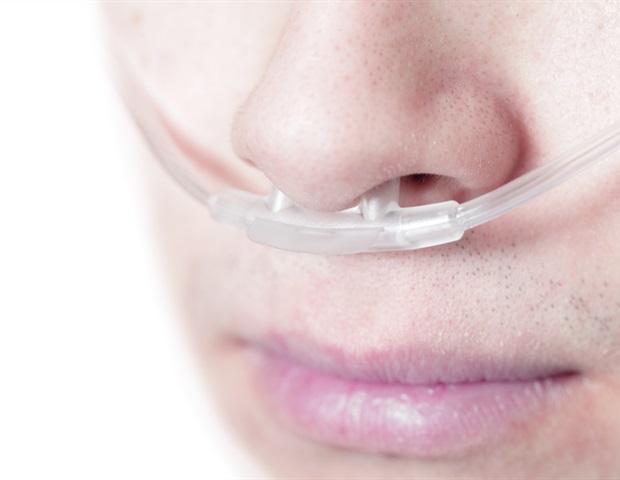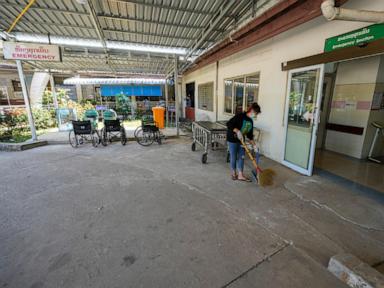Background and objectives Severe COVID-19 pneumonia often requires high concentrations of oxygen, which can potentially lead to oxidative stress and lung injury. This study aimed to investigate the impact of different oxygen therapy modalities on oxidative stress by comparing malondialdehyde (MDA) levels, an oxidative stress marker, and glutathione (GSH), an antioxidant marker, in patients with severe COVID-19 pneumonia. Methods This study included 50 patients with COVID-19 pneumonia who received oxygen therapy using a reservoir mask at ≥15 L/m, high-flow oxygen therapy at 60 L/m, or oxygen therapy with noninvasive mechanical ventilation at fraction of inspired O 2 (FiO 2 ) levels of ≥60%.
GSH and MDA levels were measured 48 h after starting oxygen therapy at FiO 2 ≥ 60% and 48 h after switching to nasal cannula oxygen therapy at 2–4 L/m. Results Overall, 60% (n = 30) of the patients were men, and 40% (n = 20) were women. In patients with accompanying hypertension, MDA levels, which were higher during oxygen therapy at FiO 2 ≥ 60%, decreased significantly after switching to nasal cannula oxygen therapy at 2–4 L/m ( p = 0.
046). A significant difference in MDA was not found after switching to lower oxygen flow ( p = 0.064) in patients with underlying diabetes mellitus.
GSH levels in patients with underlying diabetes mellitus were higher during oxygen therapy at FiO 2 ≥ 60% and decreased significantly after switching to nasal cannula oxygen therapy at 2–4 L/m ( p.


















